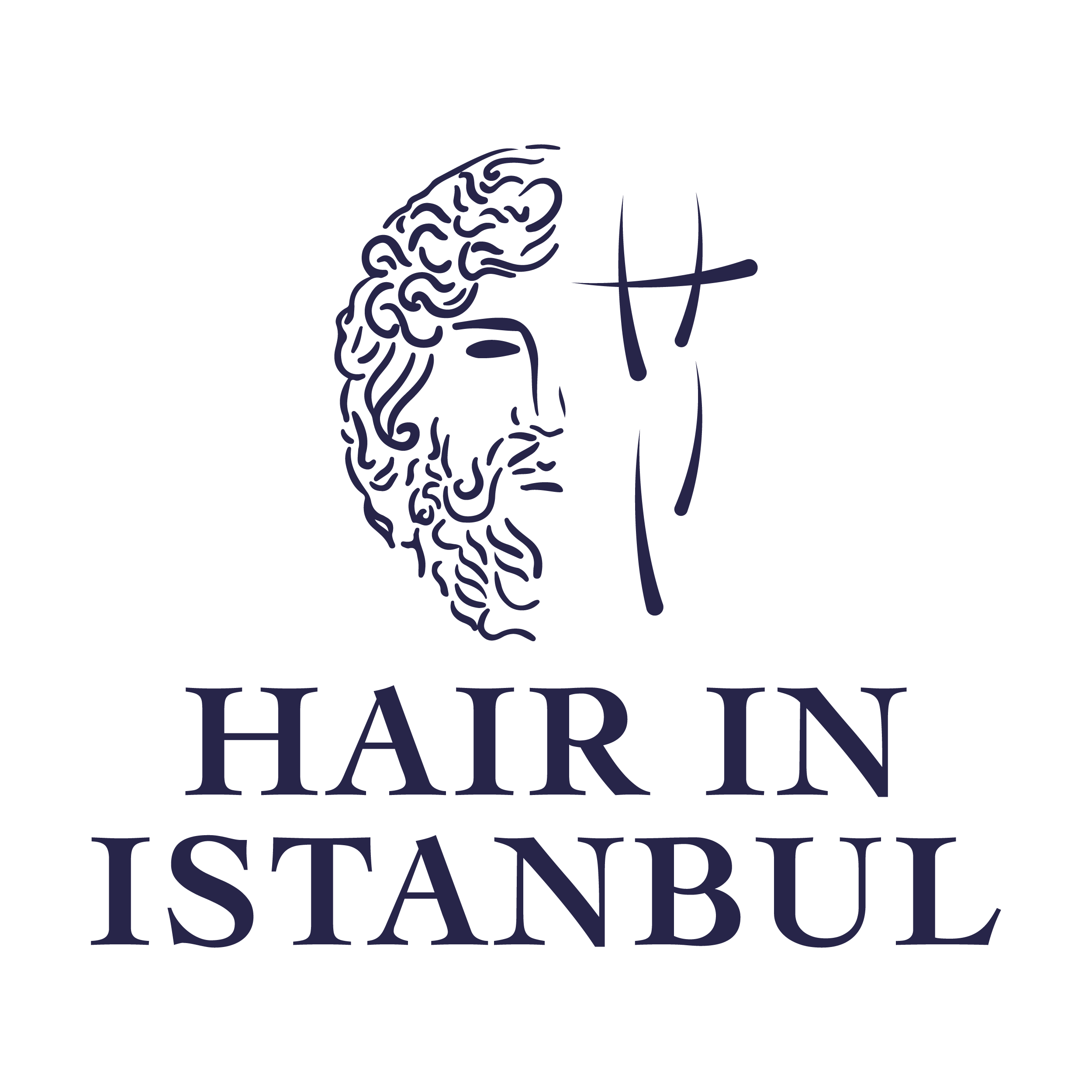Hair Transplantation and Beard Transplantation
The Real Reason We Don’t Recommend Beard or Body Hair Grafts
In recent years, many clinics have begun promoting “extra grafts” by using hair from the beard, chest, or other parts of the body. On the surface, it sounds like a good idea—more grafts must mean better results, right?
Not quite.
At Hair in Istanbul, we rarely use beard or body hair grafts, and only in exceptional circumstances. Why? Because not all hair is created equal, and using the wrong type of graft in the wrong place can lead to unnatural, patchy, or even irreversible results.
Let me explain why scalp donor hair is always the gold standard—and why we prioritize quality over quantity.
What Are Beard and Body Hair Grafts?
-
Beard hair is typically coarse, curly, and grows at a different angle
-
Chest hair is thinner, shorter in growth cycle, and varies in color and texture
-
Other body hairs (stomach, back, legs) are even more inconsistent and often unsuitable for transplantation
Some clinics promote these sources as ways to “increase graft count,” especially for patients with limited donor areas. But they rarely explain the risks and limitations.
Why We Avoid Non-Scalp Grafts in Most Cases
❌ Different Growth Cycles
Scalp hair follows a 2–7 year growth cycle. Beard and body hair, on the other hand, usually follow a shorter cycle, meaning:
-
The hairs grow slower
-
They stay in the growth phase for less time
-
The result can appear incomplete or patchy
❌ Texture and Color Mismatch
-
Beard hair is thicker, darker, and curlier than scalp hair
-
Chest and body hair is usually softer and more fragile
Transplanting these hairs into the frontal hairline or crown leads to an unnatural blend that doesn’t match your native hair. Under sunlight or at close range, the difference is clearly visible.
❌ Poor Long-Term Aesthetics
Initially, the result might look dense. But over time:
-
The mismatch becomes obvious
-
Different growth rates create unevenness
-
Styling becomes difficult
That’s why patients who receive beard/body grafts elsewhere often come to us later for correction or camouflage.
When Do We Consider Beard Hair?
At Hair in Istanbul, we consider using beard grafts in rare, very specific situations, such as:
-
When the scalp donor area is very limited or overharvested
-
For small crown fill-ins, where texture difference is less visible
-
As a support area for adding background density—not in the hairline
Even then:
-
We extract conservatively
-
Only from under the chin (to preserve beard shape)
-
Only if the patient understands and accepts the limitations
Our Philosophy: Natural First, Numbers Second
It’s tempting to chase high graft numbers—but we always remind our patients:
“A natural result with 4,500 scalp grafts is better than a messy one with 6,500 mixed-quality grafts.”
Our goal is not to give you the most grafts—it’s to give you the best outcome.
What We Use Instead: The Power of the Scalp Donor Area
Your scalp donor zone (back and sides of your head) is:
-
Genetically resistant to hair loss
-
Closest in texture, direction, and color to the native hair
-
Capable of supporting 4,500–5,000 grafts in one session with no risk to your appearance
We carefully analyze your donor area to maximize safe extraction without leaving gaps, overharvesting, or thinning at the back.
Final Thoughts: The Smart Graft Strategy Wins
Hair transplantation isn’t just about volume—it’s about strategy, precision, and artistry. At Hair in Istanbul, we protect your natural look by respecting the integrity of your scalp, and only using body or beard hair when it serves the overall aesthetic—not when it compromises it.
Not sure if your donor area is strong enough for one-session success?
Send us your photos today and I’ll give you an honest evaluation—without gimmicks, shortcuts, or false promises.
